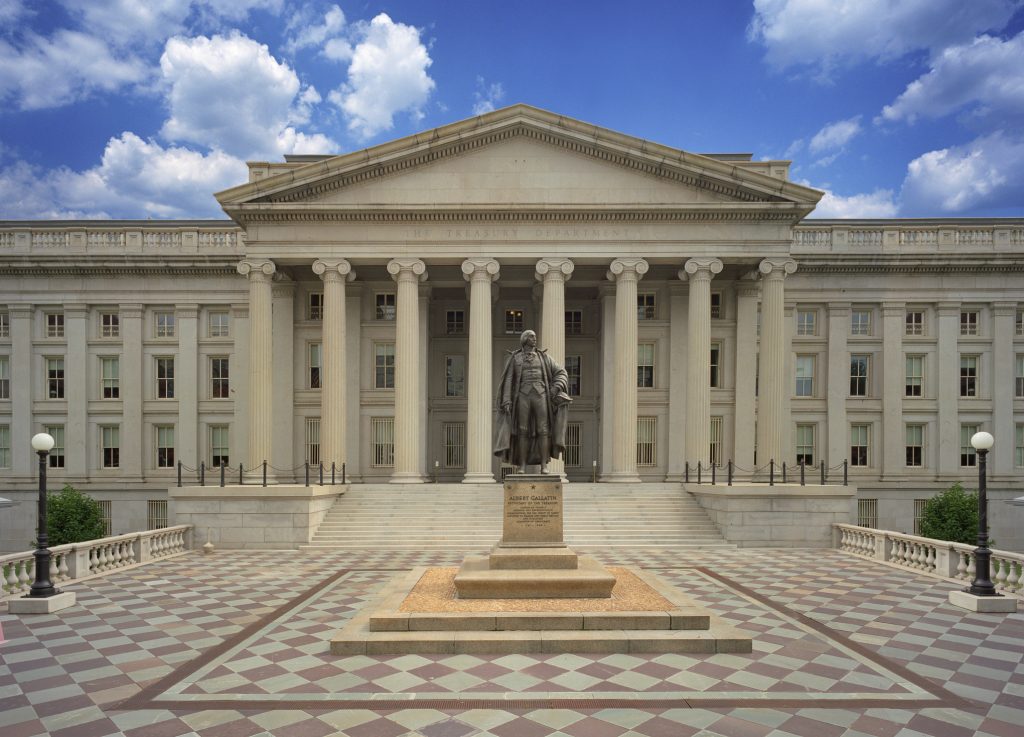A brand new data-reporting mandate the U.S. Treasury Division’s Federal Insurance coverage Workplace (FIO) is contemplating imposing on sure property/casualty insurers raises quite a lot of issues each for insurers and their policyholders.
In response to a request for comments on the proposed information name, Triple-I has advised FIO that the requested information can be duplicative, may result in deceptive conclusions, and – by rising insurers’ operational prices – would finally result in greater premium charges for policyholders.
“Fulfilling this new mandate would require insurers to drag current employees from the work they already are doing or rent employees to do the brand new work, rising their operational prices,” Triple-I wrote. “As FIO properly is aware of, state-by-state regulation prevents insurers from ‘tweaking’ their money flows in response to vary the best way extra calmly regulated industries can. Greater prices inevitably drive will increase in policyholder premium charges.”
President Biden’s Executive Order on Climate-Related Financial Risk, issued in Might of 2021, emphasised the necessary position insurers can play in addressing these dangers. The order authorizes FIO “to evaluate climate-related points or gaps within the supervision and regulation of insurers” and to evaluate “the potential for main disruptions of personal insurance coverage protection in areas of the nation significantly weak to local weather change impacts.”
Triple-I argues that these goals will be met by utilizing the knowledge insurers already are required to report, in addition to different publicly out there information. It additionally means that “assessing the potential” for disruptions may not be as productive an endeavor as working to stop such disruptions by collaborating with the insurance coverage business to cut back their chance.
“There is no such thing as a dearth of data to assist FIO and policymakers tackle the circumstances contributing to local weather danger and drive the behavioral modifications wanted within the close to, intermediate, and long run,” Triple-I wrote, reminding FIO that catastrophe-modeling companies put together their business publicity information bases from public sources, not insurer information calls. Equally, ample public information exists concerning the wants of weak populations and the dangers to which they’re topic. “What is required is to construct on current efforts and draw on the voluminous information and evaluation already extant to focus on downside areas which might be properly understood.”
Insurance coverage availability and affordability are inextricably linked to lowering injury and losses. One of the best ways to maintain insurance coverage out there and reasonably priced is to cut back the quantities insurers need to pay in claims.
“Much less injury results in diminished claims, serving to to protect policyholder surplus and enabling insurers to restrict premium fee will increase over time,” Triple-I wrote.
The significance of collaboration with the business was a serious theme of the National Association of Insurance Commissioners (NAIC) response to FIO’s request for feedback.
“Whereas we acknowledge the Treasury’s need to raised perceive the impression of local weather danger and weather-related exposures on the supply and affordability of the householders’ insurance coverage market,” NAIC wrote, “we’re disillusioned and anxious that Treasury selected to not have interaction insurance coverage regulators in a reputable train to establish information components gathered by both the business or the regulatory group.”
NAIC contrasted Treasury’s method to prior data-gathering efforts, reminiscent of after Superstorm Sandy, when Treasury initially requested the states for a wide-ranging information set however finally agreed to a extra centered name. Within the present case, NAIC wrote, “The unilateral course of Treasury employed to date is a missed alternative to work collaboratively with regulators on a difficulty we have now each recognized as a precedence.”
Insurers are responsibly selling a extra sustainable and resilient setting and economic system. Probably the most urgent want now’s to assist communities adapt and ensure they’re adequately insured towards occasions that may’t be prevented. The NAIC, in addition to residual-market directors in Florida, Louisiana, and California – states the place the impacts of local weather danger already are taking part in out – can present related information and insights and assist FIO translate them into actionable coverage proposals.
Triple-I agrees with the NAIC that FIO ought to use publicly out there information and work with state insurance coverage regulators, who totally perceive the dangers, market and operational dynamics, and coverage constructions. Such an method would spare FIO and insurers pointless work and the general public pointless confusion.

